

Selecting the appropriate wood tapping screws is crucial for any successful woodworking project. This guide provides a detailed overview of various types of wood tapping screws, their applications, and key considerations for choosing the right ones for your specific needs. We'll cover everything from material and size to installation techniques, ensuring you achieve strong, durable joints every time.
Wood tapping screws, also known as self-tapping screws, are designed to create their own threads as they are driven into wood. This eliminates the need for pre-drilling in many cases, making them a convenient and efficient fastening solution. They are widely used in various woodworking applications, from furniture assembly to construction projects. Their strength and holding power make them suitable for a range of wood types and thicknesses.
Several types of wood tapping screws are available, each with unique characteristics:
Wood tapping screws are commonly made from various materials, each offering different levels of strength, corrosion resistance, and aesthetic appeal:
The choice of screw size and type depends largely on the type of wood being used, its thickness, and the desired holding power. Consult manufacturer specifications for appropriate sizing guidance. Consider factors such as the screw's diameter, length, and thread pitch.
| Screw Size | Diameter (mm) | Recommended Wood Thickness (mm) |
|---|---|---|
| #6 | 3.5 | 5-10 |
| #8 | 4.8 | 10-15 |
| #10 | 5.6 | 15-20 |
Note: This is a simplified example. Always consult the manufacturer's specifications for accurate sizing information.
Proper installation is key to achieving a strong and lasting joint. While wood tapping screws often don't require pre-drilling, it's often recommended, especially for hardwoods or thicker materials, to prevent wood splitting. Use a pilot hole slightly smaller than the screw's shank diameter.
For added strength and a cleaner finish, consider using a countersinking bit to recess the screw head below the surface. You can then fill the hole with wood filler and sand for a seamless look. Always use the appropriate screwdriver bit to avoid damaging the screw head.
You can purchase wood tapping screws from various sources, including online retailers like Amazon, home improvement stores such as Home Depot and Lowe's, and specialized woodworking suppliers. For high-quality wood tapping screws and excellent customer service, consider Hebei Muyi Import&Export Trading Co.,Ltd They offer a wide selection of screws, and you can easily find the ideal wood tapping screws to fit your projects’ needs.
Choosing the right wood tapping screws is vital for creating strong, durable, and aesthetically pleasing joints in your woodworking projects. By understanding the different types, materials, and sizes available, and employing proper installation techniques, you can ensure the success and longevity of your work. Remember to always consult manufacturer's specifications for precise guidance and to prioritize safety during the installation process.

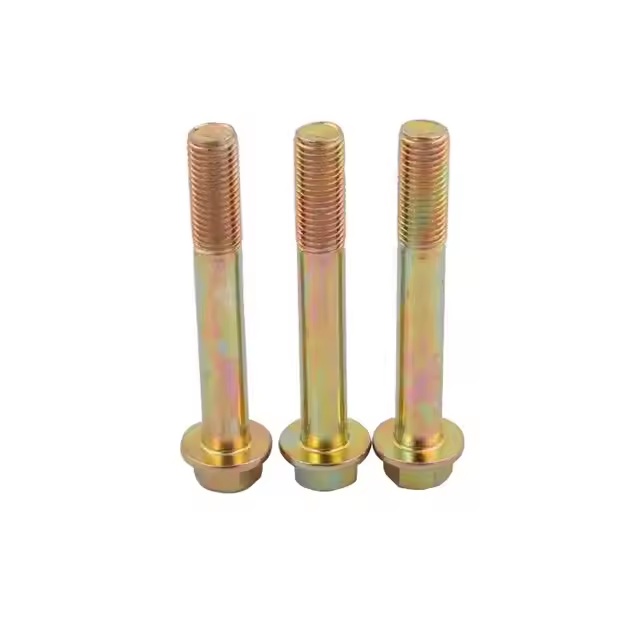
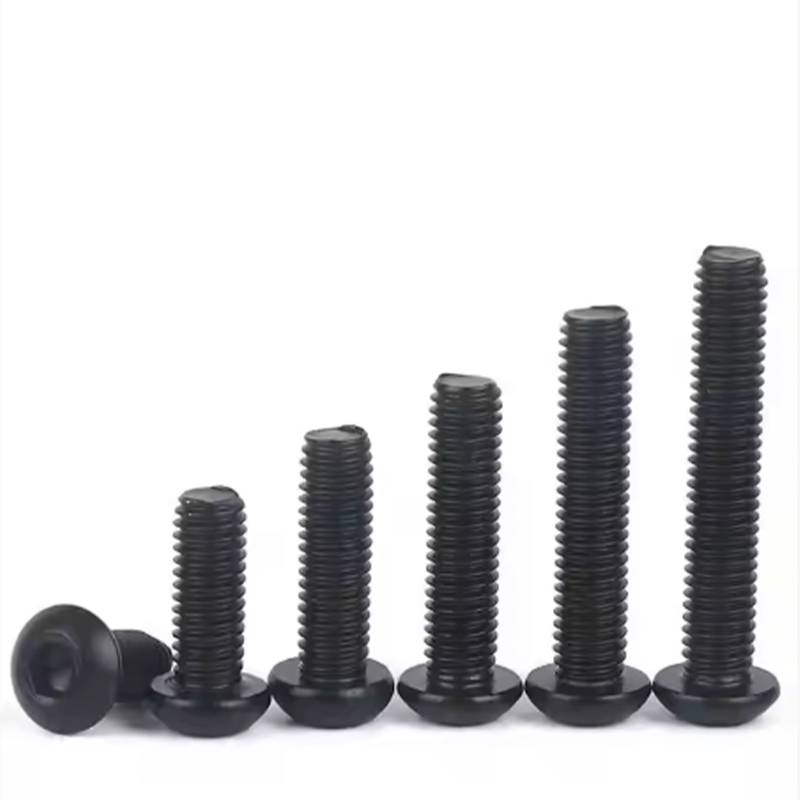
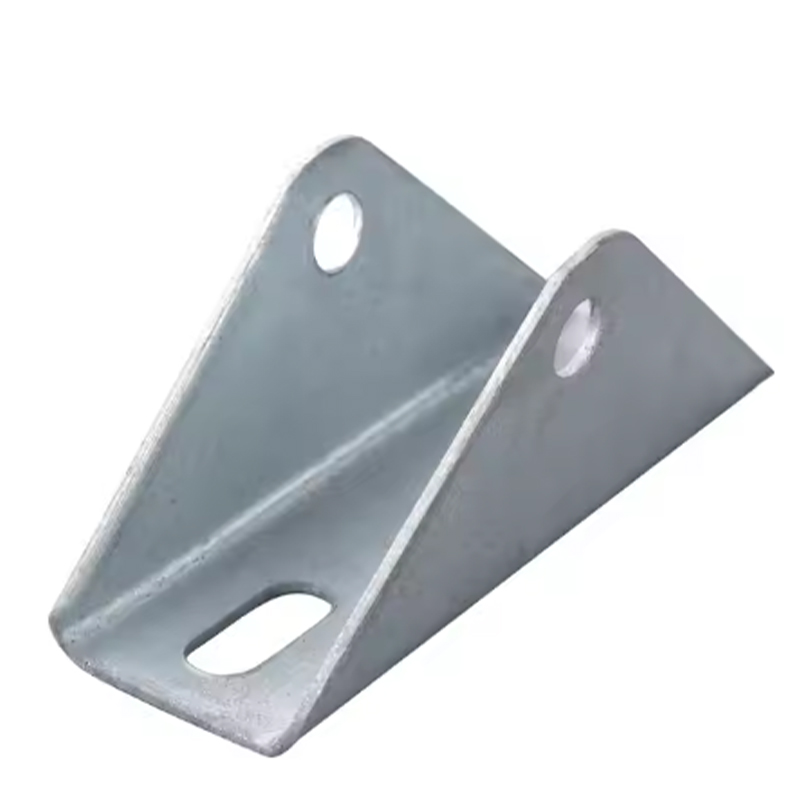
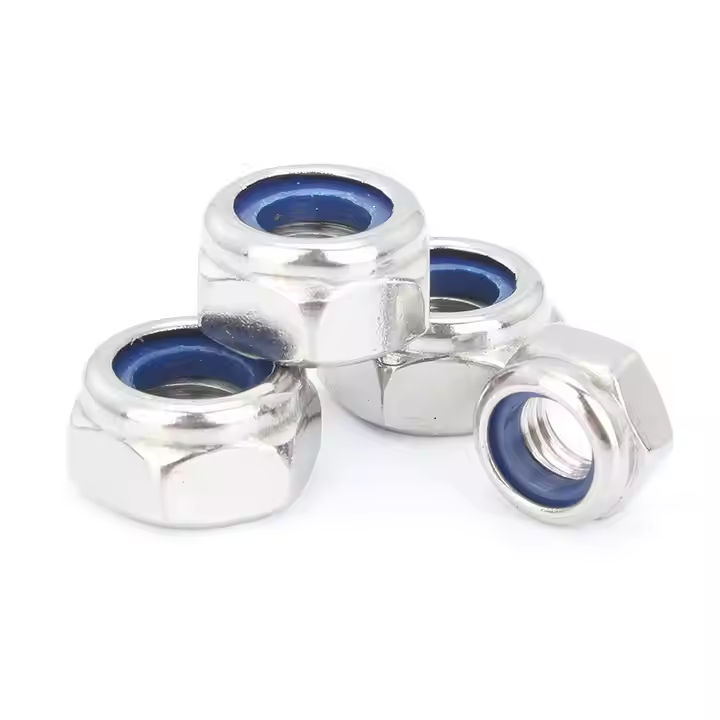
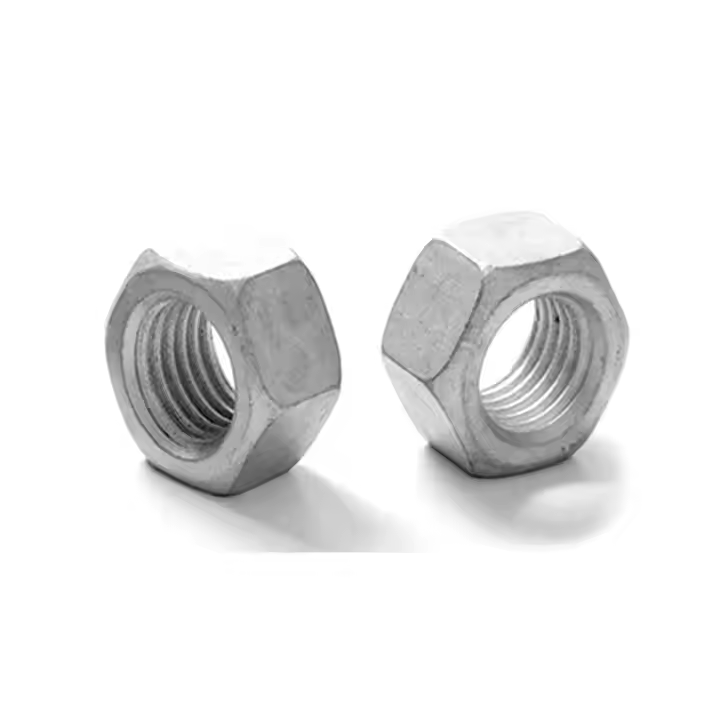

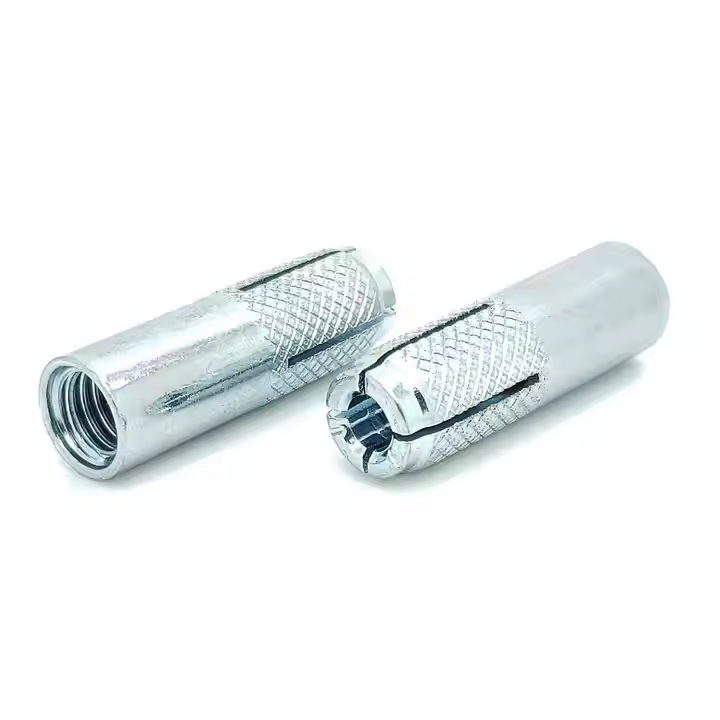

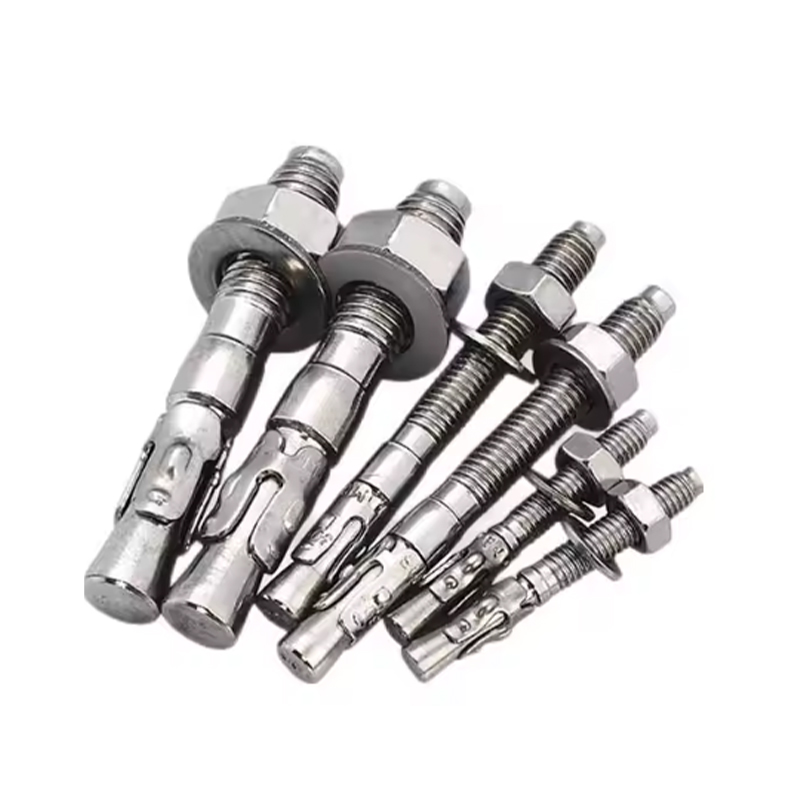


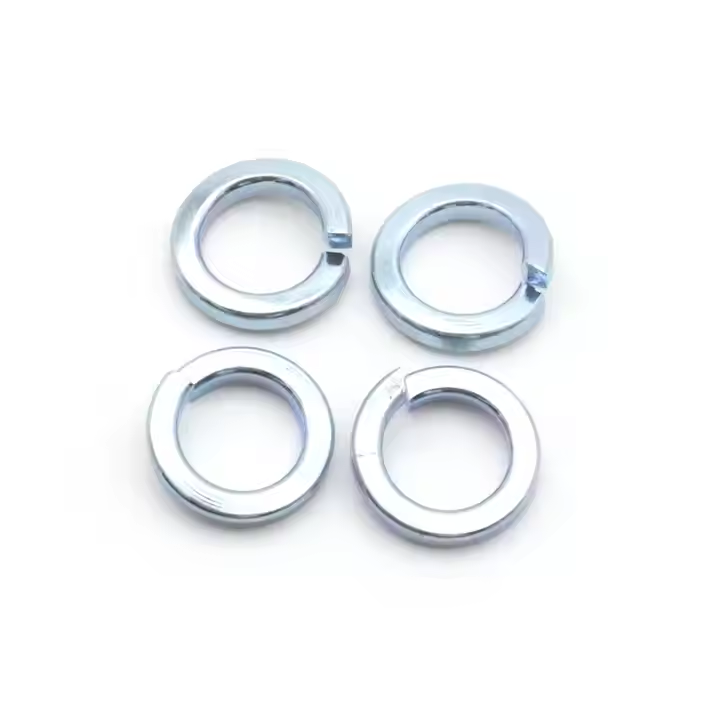
Please enter your email address and we will reply to your email.